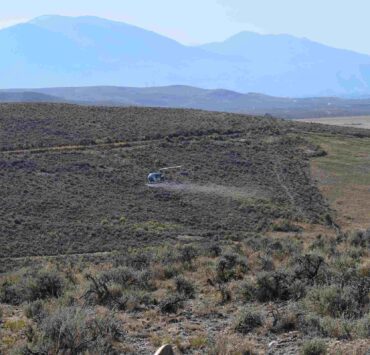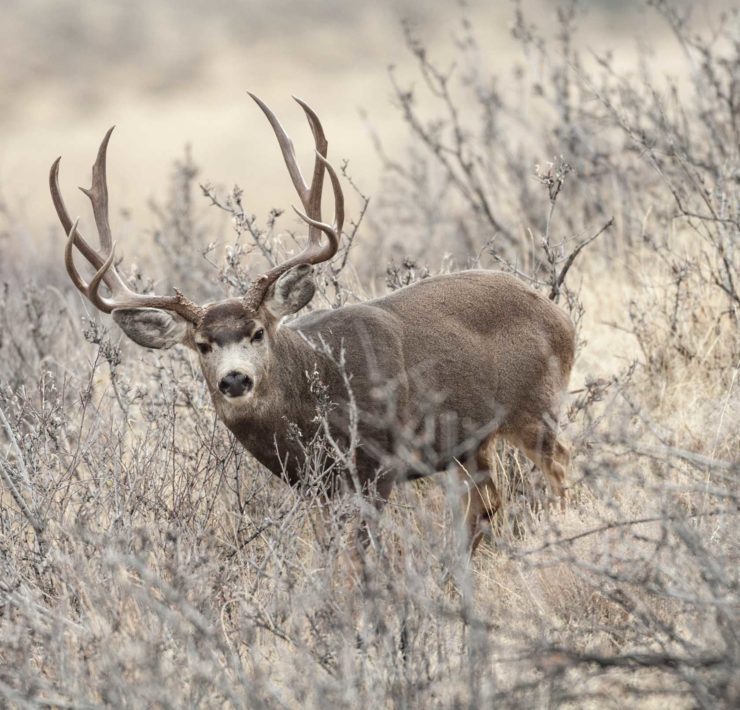Assessing Our Impact
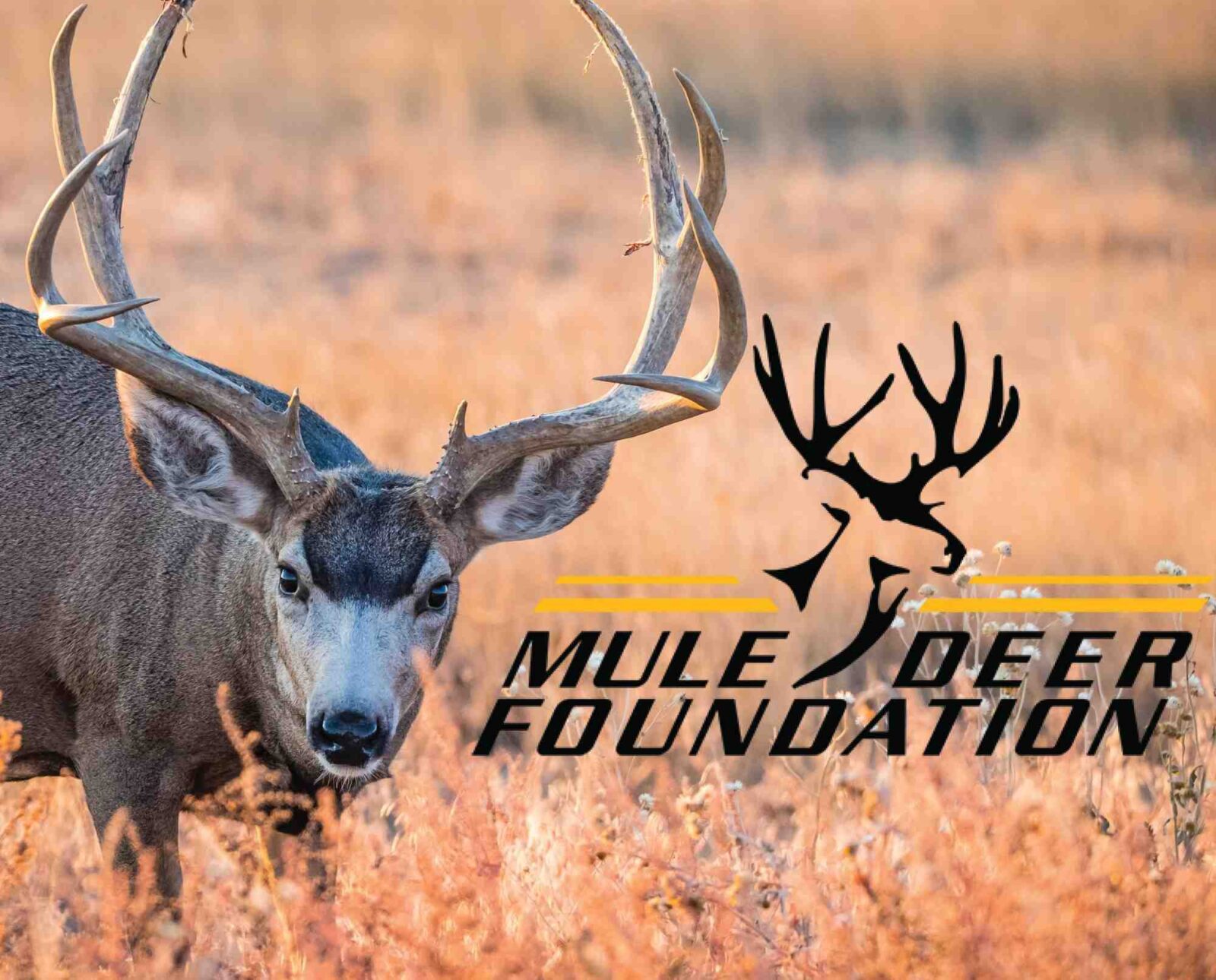
Jodi is an award-winning outdoor writer and communicator who has…
Mule Deer Foundation Spends $9.9 Million Matched by $35.8 Million for Conservation Projects in 2020 and 2021
MDF staff stepped back recently to quantify all the projects we have been involved in order to assess our impact. In spite of the challenges of the last two years, our staff and volunteers have been working hard to achieve our mission of “ensuring the conservation of mule deer, black-tailed deer, and their habitat.” We knew we had been busy getting work done on the ground, but when we added it all up what we saw was truly impressive!
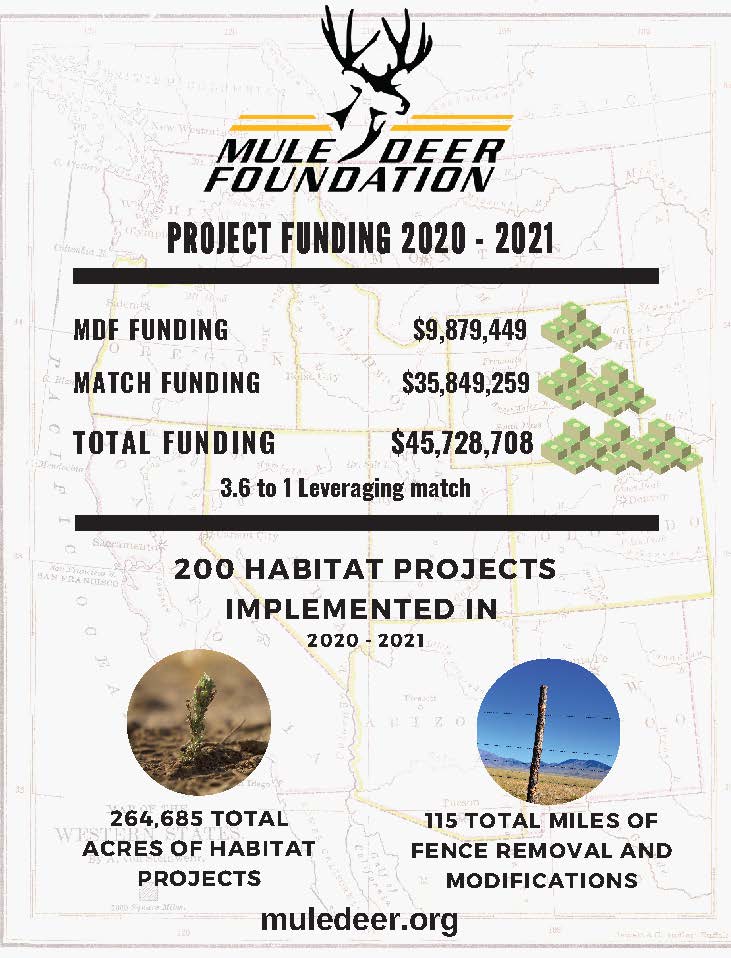
In 2020 and 2021, MDF invested $9.9 million that was matched by $35.8 million in agency and partner funds as well as volunteer in-kind hours to implement 200 conservation projects across the West. This overall investment of $45.7 million resulted in 264,685 acres being improved through wildlife research, habitat conservation and restoration, water improvements, and more. In addition, 115 miles of fencing was removed or converted to wildlife-friendly designs to help reduce barriers to wildlife movement.
“Even in the middle of the COVID-19 pandemic, the Mule Deer Foundation continued to increase our conservation footprint to make a difference for deer across the West. When tallied up, our $9.9 million investment was matched 3.6 to 1 by our partners and through our volunteers’ hard work,” commented Mule Deer Foundation President/CEO Joel Pedersen.
Habitat improvements are the key to successful conservation of mule deer and black-tailed deer. Through new research, state and federal agencies have identified priority corridors and seasonal ranges. Using this information, MDF and our partners have focused on projects like habitat improvement, invasive weed management, and transitioning to wildlife-friendly fencing in the places where we can make the greatest conservation impacts for mule deer populations.
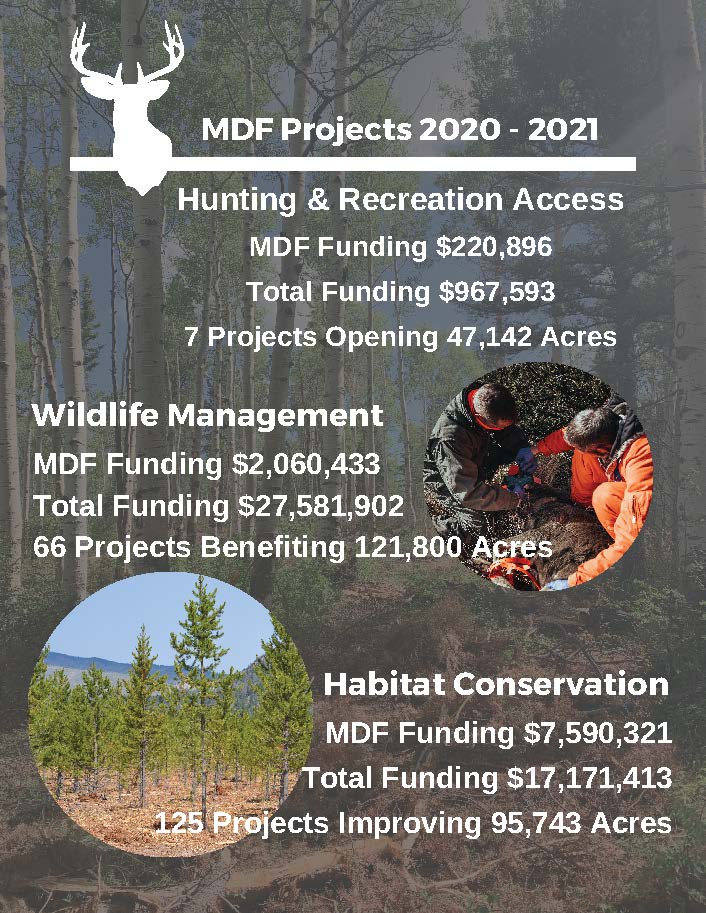
“Moving forward, MDF will continue to use science to identify the priority landscapes where deer need the most help,” Pedersen continued. “This will allow us to focus on doing the right work, in the right place, at the right scale to ensure that we have healthy, sustainable populations of deer that can be enjoyed by future generations.”
MDF’s project funding is generated through grants, federal land stewardship agreements, chapter fundraisers, and more. This funding is leveraged with other partner dollars and in-kind volunteer efforts to maximize the impact on the landscape.
Jodi is an award-winning outdoor writer and communicator who has been working in conservation policy and communications for two decades. She graduated with a degree in natural resource management from Rutgers University and interned with conservation organizations working on conservation policy issues through college and immediately after. Her first “real” job was as a communications specialist with the Massachusetts Division of Fisheries and Wildlife. With the agency perspective, she then moved to conservation organizations in Washington, DC managing a fish and wildlife funding campaign for the National Wildlife Foundation and then serving as Director of Communications for the Congressional Sportsmen’s Foundation.


